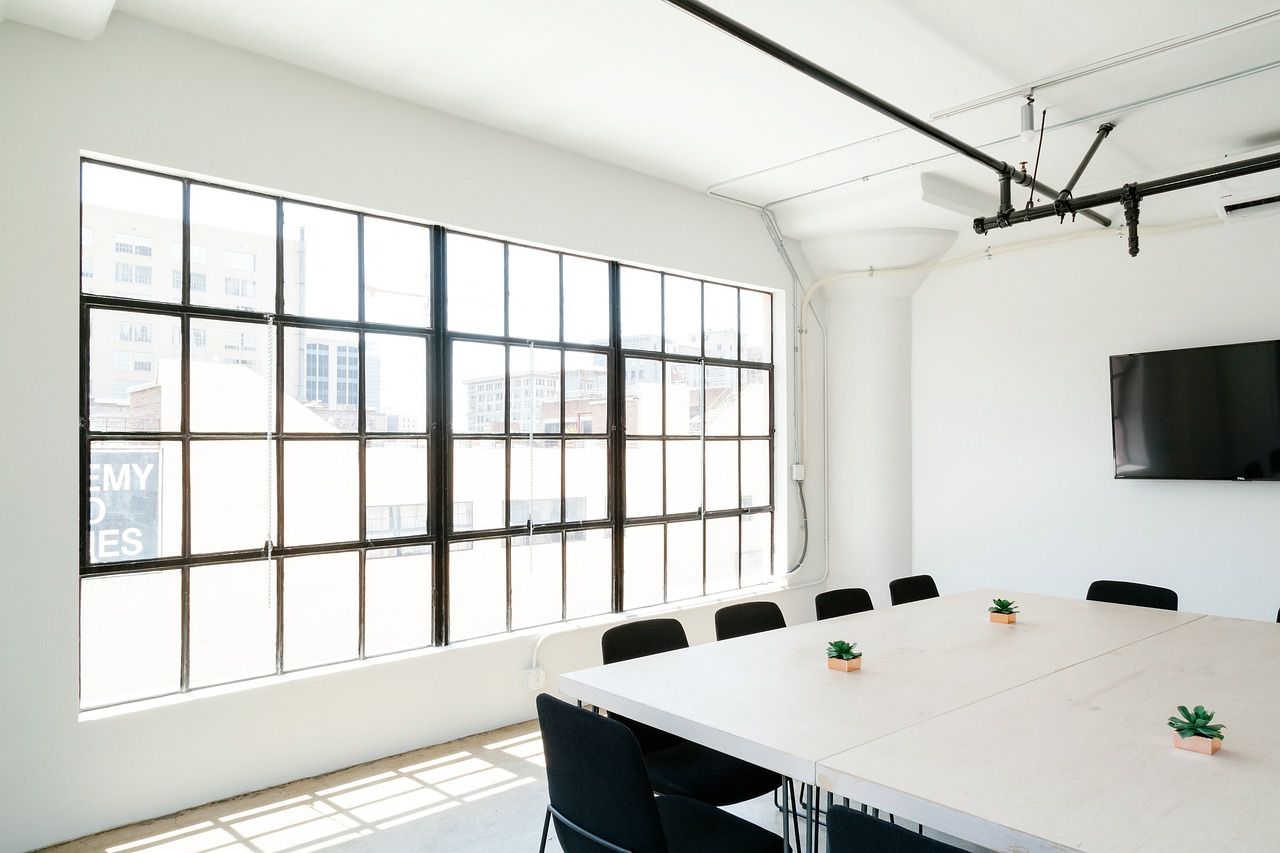Stretch ceilings can sometimes be the easiest and the cheapest way to get a smooth, nice ceiling surface quickly.
At the same time, it's not always the best option to use - at least, some interior designers think so.
Let's find out, why.
Limited design options
Stretch ceilings often come in a limited range of colors, textures, and finishes compared to other ceiling options like suspended ceilings or traditional plaster.
This can restrict the design possibilities and make it challenging for interior designers to achieve their desired aesthetic vision.

Lack of versatility
Stretch ceilings are typically installed as a single, continuous membrane that covers the entire ceiling area.
This can limit the flexibility to incorporate other design elements such as lighting fixtures, moldings, or architectural features.
Difficulties with repairs or modifications
Making changes to the ceiling, such as adding new fixtures or access points, may require specialized skills and professional assistance, which can be time-consuming and costly.
Cost considerations
Stretch ceilings can be more expensive compared to alternative ceiling options.
This might be a factor that discourages interior designers from recommending them, particularly if there are budget constraints for the project.
Visual impact
The uniform and taut surface of a stretch ceiling may lack the character, texture, or depth that can be achieved with other materials like exposed beams, coffered ceilings, or decorative plasterwork.









